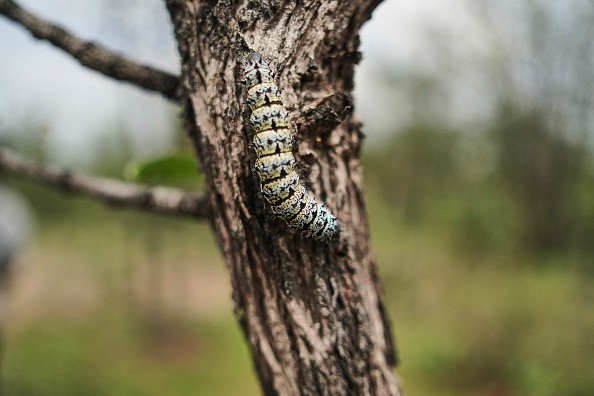For more than a century, biologists have begun to wonder why animals have varied life cycles. Humans and most vertebrates, for example, develop directly into a fully formed but smaller version of an adult.
Many other animals, on the other hand, give birth to stunningly diverse intermediate forms known as larvae, which further metamorphose into adults.
Evolutionary animal life cycles

Researchers from Queen Mary University of London (QMUL) have discovered for the first time the mechanism that describes how embryos form indeed a larva or a miniature version of an adult in a study published in the journal Nature, as per Phys.org.
They demonstrate in their paper that the timing of the activation of essential genes involved in embryogenesis correlates with the presence or absence of a larval stage and whether the larva feeds from their surroundings or depends on nourishment transferred in the egg by the mother.
The researchers used cutting-edge techniques to decode the genetic information, activity, and regulation of three species of annelids, which are marine invertebrates.
In a large-scale study involving over 600 datasets from more than 60 species kept separate by more than 500 million years of evolution, they combined it with public datasets from the other species.
The genes involved in the formation of the trunk, the body region which follows the head and runs until the tail, are crucial.
Some species produce head larvae, which have almost no trunk and may have existed as far back as the ancestor of all animals with a head and tail.
Direct development and the formation of a small adult from embryogenesis would have developed later in many animal groups, including us and most vertebrates, as genes to form the trunk are activated earlier in embryogenesis and larval traits are gradually lost.
Animals undergo embryonic differentiation
Embryonic differentiation is the developmental process by which embryonic cells specialize and diverse tissue structures emerge, as per The Embryo Project Encyclopedia.
Animals have been made up of numerous cell types, each of which serves a specific function in the body. Moreover, during the early stages of embryonic development, the embryo lacks these diverse cells.
This is when embryonic differentiation takes place. Cell differentiation during embryogenesis is essential for cell, tissue, organ, and organism identity.
Individual cells proceed to differentiate as the embryo develops. These differentiated cell types are derived from pluripotent embryonic stem cells that were once pluripotent.
The cell's inherent ability to control which genes are released and translated into proteins makes this possible.
Within the nucleus of every cell is DNA, which includes the blueprint for the cell's many different proteins.
Different signals can cause embryonic cells to choose specific parts of the DNA that can be used to synthesize proteins, subsequently resulting in the formation of different cell types.
Cell differentiation in the embryo is caused by both internal cellular factors and extracellular factors which act on the cell from the outside.
The process of embryonic differentiation is critical to the proper development of animals. The processes of embryonic differentiation are still being studied, and they are relevant to studies involving embryonic stem cells and in vitro cell differentiation.
© 2025 NatureWorldNews.com All rights reserved. Do not reproduce without permission.





